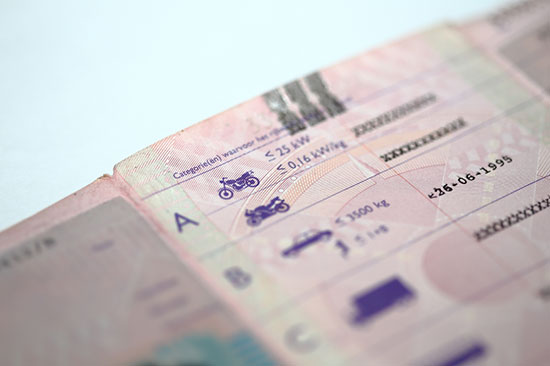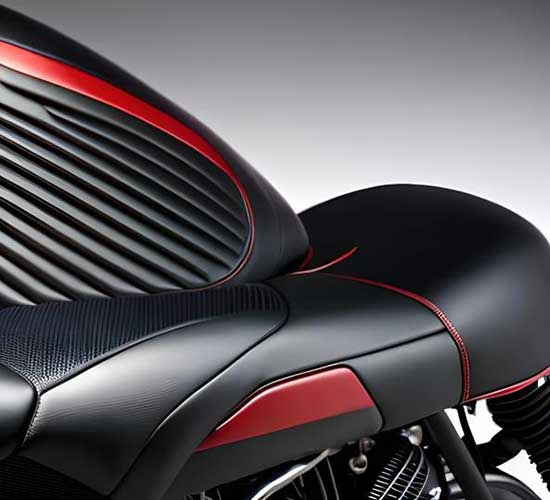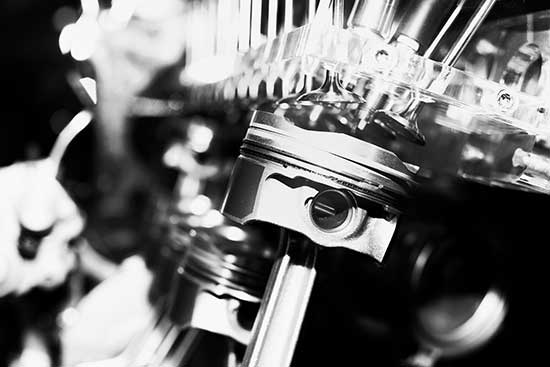When you hear the term “13 Percenter,” you may initially wonder what it means, especially if you are unfamiliar with this particular phrase.
From its roots in motorcycle culture to its broader connotations in society, the concept of being a 13 Percenter holds rich historical and cultural significance. Join us as we uncover the essence of the 13 Percenter phenomenon.
Contents
The Origin of the Term
Before we dive further into what it means to be a 13 Percenter, let’s understand its origins.
The term originated within the motorcycle subculture, particularly among outlaw motorcycle clubs such as the Hells Angels.
These clubs’ members adorn themselves with patches and symbols that carry significant meaning within their closed community.
One such symbol is the “1%,” representing the idea that only a small percentage of motorcyclists engage in illegal activities or are considered outlaws.
The “1%” phrase dates back to an incident that occurred in Hollister, California, in 1947 during the annual motorcycle rally.
The media sensationalized the event, depicting the attendees as reckless troublemakers. In response, the American Motorcyclist Association (AMA) issued a statement claiming that 99% of motorcyclists were law-abiding citizens.
Outlaw motorcycle clubs then adopted the “1%er” symbol as a defiant response, emphasizing their rejection of societal norms and their allegiance to a different way of life.
The Meaning of Being a 13 Percenter
Now that we have established the history of the “1%” symbol, it becomes easier to comprehend what it means to be a 13 Percenter.
A 13 Percenter is an individual who identifies with the outlaw motorcycle club culture, emulating the rebellious and nonconformist spirit associated with these groups.
While the “13%” does not carry a universal definition, it is often used in contrast to the “99%,” representing conformity and mainstream societal values.
For individuals who consider themselves 13 Percenters, the label represents a sense of belonging to an alternative community that unites based on shared values, brotherhood, and a mutual love for motorcycles.
It fosters a sense of camaraderie and loyalty among members, who often prioritize their club and fellow riders above all else.
Values and Lifestyle of a 13 Percenter
Being a 13 Percenter encompasses several core values and aspects of lifestyle that set this group apart from mainstream society.
While not all individuals within this subculture conform exactly to the same ideals, several common characteristics can be observed. Here are some key values and lifestyle choices often associated with 13 Percenters:
- Freedom: 13 Percenters prioritize personal freedom above societal expectations. They reject conventions and adhere to their own set of rules and principles.
- Individuality: Embracing individuality is a fundamental tenet of being a 13 Percenter. Members are encouraged to express their authenticity and uniqueness.
- Loyalty and Brotherhood: The concept of brotherhood holds immense importance within this subculture. 13 Percenters forge strong bonds with their fellow members, creating a support system unyielding to external influences.
- Adventure and Thrill-Seeking: Motorcycle clubs often engage in adventurous activities such as long rides, road trips, and other adrenaline-inducing pursuits.
- Symbolism and Patch Culture: 13 Percenters take pride in their patches and symbols, which often carry deep personal and collective meaning. These emblems serve as a visual representation of their allegiance to a particular club.
Challenges and Misconceptions
As with any subculture, 13 Percenters face challenges and misconceptions that can cloud public perception.
It is important to note that while some outlaw motorcycle clubs engage in illegal activities, not all 13 Percenters are criminals or involved in illicit behavior.
The actions of a few should not overshadow the positive aspects of this cultural movement.
The media often perpetuates stereotypes and sensationalizes stories, focusing on the criminal activities of a few individuals instead of representing the subculture accurately as a whole. This selective portrayal can lead to biased views and misunderstandings.
Nevertheless, it is important to recognize that certain motorcycle clubs, including the Hells Angels, have been involved in organized crime.
Federal law enforcement agencies have documented their involvement in drug trafficking, money laundering, and violent criminal activities.
These actions taint the reputation of the broader 13 Percenter community and contribute to negative perceptions.
Positive Aspects and Contributions
Despite the challenges and misconceptions surrounding the 13 Percenter subculture, it is crucial to acknowledge the positive aspects and contributions they make to society.
Many motorcycle clubs engage in charity work, supporting local communities through fundraising events, toy drives, and other charitable initiatives.
They often band together to lend support during times of crisis, showcasing their commitment to helping those in need.
Additionally, these clubs serve as a beacon of unity and support for their members. The brotherhood and camaraderie experienced within 13 Percenter clubs offer individuals a sense of belonging and purpose, which can be crucial for personal growth and mental well-being.
Popular 13 Percenter Motorcycle Clubs
| Club | Year Founded | Location |
|---|---|---|
| Hells Angels | 1948 | San Bernardino, California |
| Pagans | 1959 | Prince George’s County, Maryland |
| Bandidos Motorcycle Club | 1966 | San Leon, Texas |
| Outlaws Motorcycle Club | 1935 | McCook, Illinois |
Please note that this list represents just a few examples of well-known motorcycle clubs and is not exhaustive.
The Resilience of the 13 Percenter Subculture
Despite the challenges faced by the motorcycle club community, the 13 Percenter subculture has endured and thrived throughout the years.
This resilience can be attributed to the timeless appeal of the values they uphold, as well as their ability to adapt to changing circumstances.
While originally a predominantly male-dominated culture, an increasing number of women are embracing the 13 Percenter lifestyle and forming their own motorcycle clubs.
This inclusiveness allows for a wider range of perspectives and experiences within the subculture, fostering growth and diversity.
Conclusion
The term “13 Percenter” carries with it vast historical and cultural implications, originating from the motorcycle subculture’s defiance against societal norms and expectations.
It represents a commitment to a way of life that prioritizes personal freedom, individuality, and brotherhood.
While misconceptions and challenges persist, the 13 Percenter subculture contributes positively to society through charitable endeavors and serves as a vital support system for its members.
By understanding the origins and values behind the term, we gain a richer appreciation for the diverse array of individuals who proudly identify as 13 Percenters.






